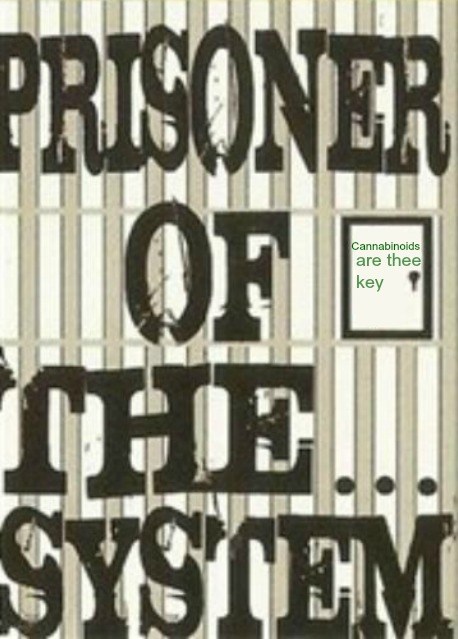Endocannabinoids mediate hyposalivation induced by inflammogens in the submandibular glands and hypothalamus.
Source
Department of Physiology, Dental School, University of Buenos Aires, Buenos Aires, Argentina; Physiopathology Department, School of Pharmacy and Biochemistry, University of Buenos Aires, Argentina.
Abstract
OBJECTIVE:
The aim of this study was to investigate the factors that could participate on salivary glands hypofunction during inflammation and the participation of endocannabinoids in hyposalivation induced by the presence of inflammogens in the submandibular gland (SMG) or in the brain.
DESIGN:
Salivary secretion was assessed in the presence of inflammogens and/or the cannabinoid receptor antagonist AM251 in the SMG or in the brain of rats. At the end of the experiments, some systemic and glandular inflammatory markers were measured and histopathological analysis was performed.
RESULTS:
The inhibitory effect observed 1h after lipopolysaccharide (LPS, 50μg/50μl) injection into the SMG (ig) was completely prevented by the injection of AM251 (5μg/50μl) by the same route (P<0.05). The LPS (ig)-induced increase in PGE2 content was not altered by AM251 (ig), while the glandular production of TNFα induced by the endotoxin (P<0.001) was partially blocked by it. Also, LPS injection produced no significant changes in the wet weight of the SMG neither damage to lipid membranes of its cells, nor significant microscopic changes in them, after hispopathological analysis, compared to controls. Finally, TNFα (100ng/5μl) injected intracerebro-ventricularly (icv) inhibited methacholine-induced salivary secretion evaluated 30min after (P<0.01), but the previous injection of AM251 (500ng/5μl, icv) prevented completely that effect.
CONCLUSION:
We conclude that endocannabinoids mediate the hyposialia induced by inflammogens in the SMG and in the brain. The hypofunction would be due to changes on signalling pathway produced by inflammatory compounds since anatomical changes were not observed.
Copyright © 2013 Elsevier Ltd. All rights reserved.


